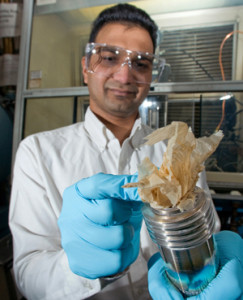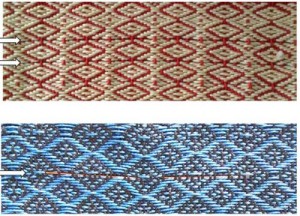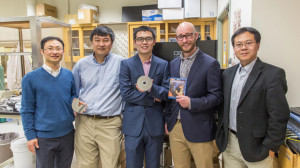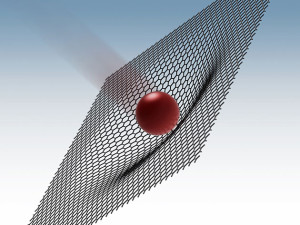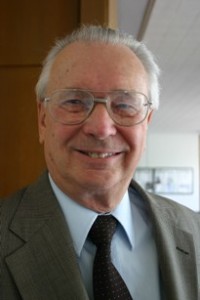
After 30 years of research at Argonne National Laboratory, ECS’s Zoltan Nagy edits and updates his Electrochemistry Knowledge Base and serves as the ECS Historian.
What is electrochemistry? Why should society as a whole care?
Long time ECS member, Zoltan Nagy, is partnering with The Electrochemical Society in an attempt to answer these questions with the relaunch of his Electrochemistry Knowledge Base.
Since the late 90s, Nagy has been compiling this huge network of electrochemical knowledge in order to showcase why electrochemistry is so vital to the growth and nourishment of society.
“It may sound selfish, but I think electrochemistry is very important for society and people know very little about it,” says Nagy.
He began compiling the site during the infancy of the internet – around the second half of the 90s.
“I decided to put together a website for the education of the public,” Nagy says. “The articles are written in every simple language so that people can understand and see what electrochemistry does for society.”



